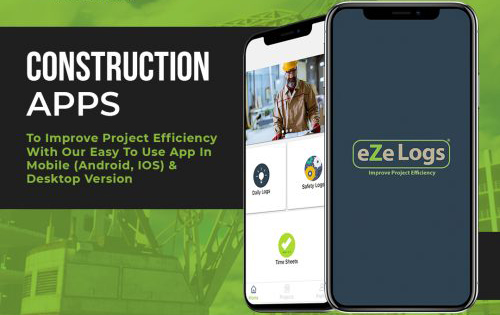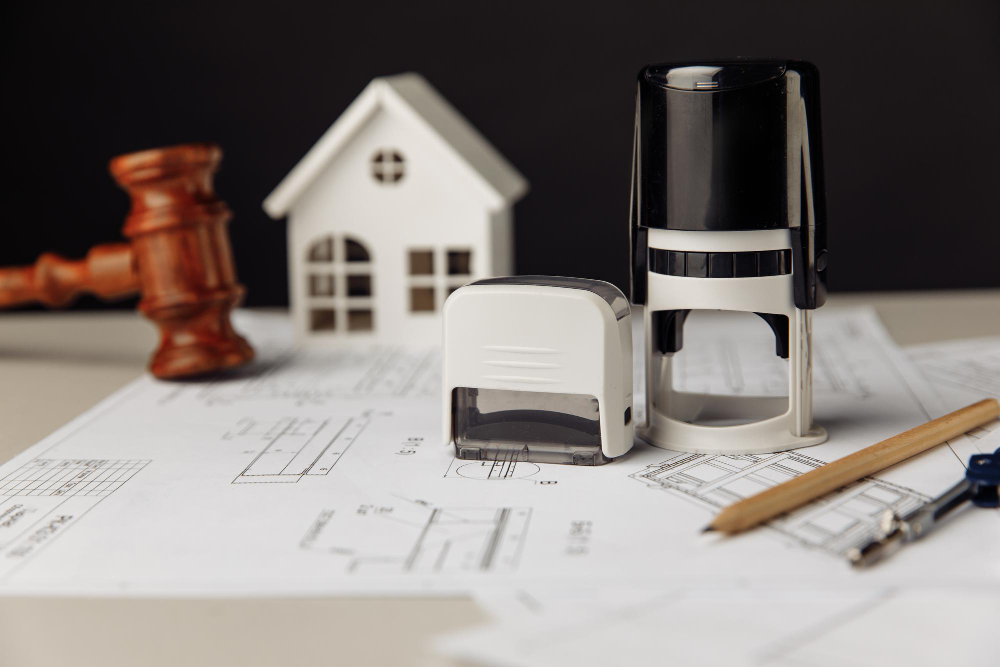Risk management in construction is an essential part of any successful project. It involves identifying, assessing, and mitigating risks that could potentially affect the project’s success. The project manager plays a key role in the risk management process, as they are responsible for ensuring that risks are identified, assessed, and managed in a timely and effective manner.

They must also ensure that the project team is aware of the risks and that appropriate measures are taken to reduce or eliminate them. By taking a proactive approach to risk management, the project manager can help to ensure that the project is completed on time and within budget.
Construction Project Manager Role: Identifying Risks
Identifying risks is an important part of any project. It helps you to identify potential problems before they arise, and to plan for how to address them.
Risk identification involves looking at the project from different angles and considering what could go wrong. It is important to consider both internal and external risks. Internal risks are those that are within your control, such as a lack of resources or inadequate training. External risks are those that are outside of your control, such as changes in the market or changes in regulations.
When identifying risks, it is important to consider the likelihood of the risk occurring, as well as the potential impact. This will help you to prioritize the risks and determine which ones need to be addressed first.
It is also important to consider the potential solutions to the risks. This could include developing contingency plans, allocating additional resources, or changing the project timeline.
By taking the time to identify risks, you can ensure that your project is successful and that any potential problems are addressed before they become an issue.
Assessing Risks
Assessing risks is an important part of any project. It helps to identify potential problems and develop strategies to mitigate them. By taking the time to assess risks, you can ensure that your project is successful and that any potential issues are addressed before they become a problem.
When assessing risks, it is important to consider all potential sources of risk. This includes external factors such as the economy, competition, and regulations, as well as internal factors such as personnel, processes, and technology. It is also important to consider the likelihood of each risk occurring and the potential impact it could have on the project.

Once you have identified the risks, it is important to develop strategies to mitigate them. This could include developing contingency plans, implementing additional controls, or changing the project scope. It is also important to monitor the risks throughout the project to ensure that they are being addressed.
By taking the time to assess risks, you can ensure that your project is successful and that any potential issues are addressed before they become a problem. With the right approach, you can ensure that your project is successful and that any potential risks are managed effectively.
Mitigating Risks
Risk mitigation is an important part of any project. It involves identifying potential risks, assessing their likelihood and impact, and then taking steps to reduce or eliminate them. Here are some tips for mitigating risks:
1. Identify potential risks: Start by identifying all the potential risks associated with your project. Consider both internal and external factors, such as changes in technology, market conditions, and personnel.
2. Assess the likelihood and impact: Once you’ve identified the risks, assess their likelihood and impact. This will help you prioritize which risks to focus on first.
3. Develop a plan: Develop a plan to address each risk. This could include implementing new processes, training staff, or investing in new technology.
4. Monitor and review: Monitor the risks on an ongoing basis and review your plan regularly. This will help you stay on top of any changes and ensure that your risk mitigation efforts are effective.
By following these steps, you can help ensure that your project is successful and that any potential risks are managed effectively.
Contingency Planning
Contingency planning is an important part of any business. It involves creating a plan to help you prepare for and respond to unexpected events or disruptions. This plan should include strategies for dealing with potential risks, such as natural disasters, financial losses, or other unforeseen circumstances.
Creating a contingency plan can help you protect your business and minimize the impact of any disruptions. Here are some tips to help you get started:
1. Identify potential risks: Start by identifying the potential risks that could affect your business. Consider both internal and external risks, such as natural disasters, financial losses, or changes in the market.
2. Develop strategies: Once you’ve identified the risks, develop strategies to help you prepare for and respond to them. This could include creating backup plans, establishing emergency protocols, or setting up a crisis management team.
3. Create a plan: Create a written plan that outlines the steps you’ll take in the event of a disruption. This plan should include details such as who is responsible for each step, how you’ll communicate with employees and customers, and what resources you’ll need.
4. Test and review: Test your plan regularly to make sure it’s up to date and effective. You should also review it periodically to ensure it’s still relevant and effective.
Creating a contingency plan can help you protect your business and minimize the impact of any disruptions. By taking the time to plan ahead, you can ensure that your business is prepared for whatever comes your way.
Risk Management Tools and Technologies
Risk management is an important part of any business, and there are a variety of tools and technologies available to help manage risk. These tools and technologies can help identify, assess, and mitigate risks, as well as provide visibility into the risk landscape.
One of the most important tools for risk management is a risk assessment. A risk assessment is a process of identifying, analyzing, and evaluating potential risks to an organization. It helps to identify potential risks and their associated impacts, as well as the likelihood of those risks occurring. Risk assessments can be conducted using a variety of methods, such as interviews, surveys, and workshops.

Another important tool for risk management is a risk register. A risk register is a document that lists all of the risks identified during a risk assessment. It includes information such as the risk description, the likelihood of occurrence, the potential impact, and the proposed mitigation strategies. Risk registers are important for tracking and monitoring risks over time.
Risk management software is another important tool for risk management. Risk management software can help automate the risk assessment process, as well as provide visibility into the risk landscape. It can also help to identify potential risks and their associated impacts, as well as the likelihood of those risks occurring.
Finally, there are a variety of technologies available to help manage risk. These technologies can include data analytics, artificial intelligence, and machine learning. These technologies can help to identify potential risks and their associated impacts, as well as the likelihood of those risks occurring. They can also help to automate the risk assessment process and provide visibility into the risk landscape.
Overall, there are a variety of tools and technologies available to help manage risk. These tools and technologies can help to identify, assess, and mitigate risks, as well as provide visibility into the risk landscape. By using these tools and technologies, organizations can better manage their risks and ensure that they are prepared for any potential risks that may arise.
Final Thoughts
Risk management in construction is an essential part of a project manager’s job. By understanding the risks associated with a project, a project manager can develop strategies to mitigate those risks and ensure the successful completion of the project.
Risk management is a complex process that requires a thorough understanding of the project, the environment, and the stakeholders involved. By taking the time to understand the risks and develop strategies to manage them, a project manager can ensure that the project is completed on time and within budget.


